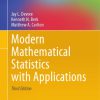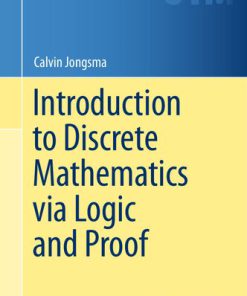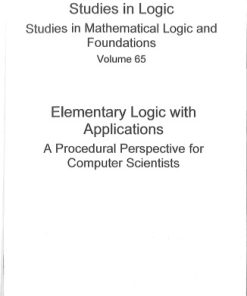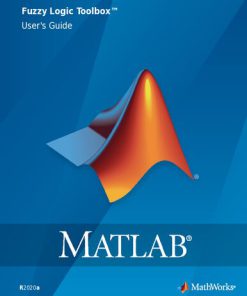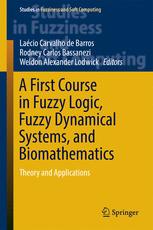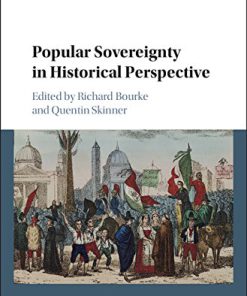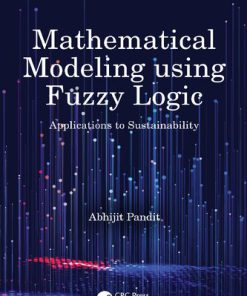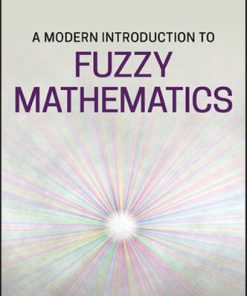Fuzzy Logic and Mathematics A Historical Perspective 1st Edition by Radim Bělohlávek, Joseph Dauben, George Klir 0190665708 9780190665708
$50.00 Original price was: $50.00.$25.00Current price is: $25.00.
Fuzzy Logic and Mathematics: A Historical Perspective 1st Edition by Radim Bělohlávek, Joseph W. Dauben, George J. Klir – Ebook PDF Instant Download/DeliveryISBN: 0190665708, 9780190665708
Full download Fuzzy Logic and Mathematics: A Historical Perspective 1st Edition after payment.

Product details:
ISBN-10 : 0190665708
ISBN-13 : 9780190665708
Author: Radim Bělohlávek, Joseph W. Dauben, George J. Klir
The term “fuzzy logic,” as it is understood in this book, stands for all aspects of representing and manipulating knowledge based on the rejection of the most fundamental principle of classical logic—the principle of bivalence. According to this principle, each declarative sentence is required to be either true or false. In fuzzy logic, these classical truth values are not abandoned. However, additional, intermediate truth values between true and false are allowed, which are interpreted as degrees of truth. This opens a new way of thinking—thinking in terms of degrees rather than absolutes. For example, it leads to the definition of a new kind of sets, referred to as fuzzy sets, in which membership is a matter of degree. The book examines the genesis and development of fuzzy logic. It surveys the prehistory of fuzzy logic and inspects circumstances that eventually lead to the emergence of fuzzy logic. The book explores in detail the development of propositional, predicate, and other calculi that admit degrees of truth, which are known as fuzzy logic in the narrow sense. Fuzzy logic in the broad sense, whose primary aim is to utilize degrees of truth for emulating common-sense human reasoning in natural language, is scrutinized as well. The book also examines principles for developing mathematics based on fuzzy logic and provides overviews of areas in which this has been done most effectively. It also presents a detailed survey of established and prospective applications of fuzzy logic in various areas of human affairs, and provides an assessment of the significance of fuzzy logic as a new paradigm.
Fuzzy Logic and Mathematics: A Historical Perspective 1st Table of contents:
1 Aims and Scope of This Book
2 Prehistory, Emergence, and Evolution of Fuzzy Logic
2.1 Prehistory of fuzzy logic
2.2 Emergence of fuzzy logic
2.3 Evolving attitudes toward fuzzy logic
2.4 Documented debates
2.5 Evolution of supporting infrastructure for fuzzy logic
3 Fuzzy Logic in the Broad Sense
3.1 Introduction
3.2 Basic concepts of fuzzy sets
3.3 Operations on fuzzy sets
3.4 Fuzzy intervals, fuzzy numbers, and fuzzy arithmetic
3.5 Fuzzy relations …
3.6 Approximate reasoning
3.7 Possibility theory
3.8 Fuzzy clustering
3.9 Methods for constructing fuzzy sets
3.10 Nonstandard fuzzy sets
4 Fuzzy Logic in the Narrow Sense
4.1 From classical to fuzzy logic: Principal issues
4.2 Many-valued logics until the 1960s
4.2.1 Łukasiewicz finitely- and infinitely-valued logics
4.2.2 Gödel finitely- and infinitely-valued logics
4.2.3 Other propositional logics
4.2.4 Predicate logics
4.2.5 Further developments
4.2.6 The mid-1960s and Zadeh’s idea of fuzzy sets
4.3 Fuzzy logics with graded consequence
4.3.1 Goguen’s logic of inexact concepts
4.3.2 Pavelka-style fuzzy logic
4.3.3 Further developments
4.4 Fuzzy logics based on t-norms and their residua
4.4.1 Fuzzy logics based on t-norms until the mid-1990s
4.4.2 Product logic
4.4.3 Hájek’s logic BL and Metamathematics of Fuzzy Logic
4.4.4 Logics related to BL
4.5 Fuzzy logic and uncertainty
4.5.1 Degrees of truth vs. belief and truth functionality
4.5.2 Possibilistic logic
4.5.3 Gerla’s probabilistic fuzzy logics
4.5.4 Belief, modality, and quantifiers in fuzzy logic
4.6 Miscellaneous issues
4.6.1 Relationship to applications
4.6.2 Computability and complexity
4.6.3 Further developments
5 Mathematics Based on Fuzzy Logic
5.1 Principal issues and outline of development
5.1.1 What is mathematics based on fuzzy logic?
5.1.2 The problem and role of foundations
5.1.3 The problem and role of applications
5.1.4 Outline of development
5.2 Foundations of mathematics based on fuzzy logic
5.2.1 The role of fuzzy logic in the narrow sense
5.2.2 Higher-order logic approaches
5.2.3 Set-theoretic approaches
5.2.4 Category-theoretic approaches
5.3 Selected areas of mathematics based on fuzzy logic
5.3.1 Sets and relations
5.3.2 Algebra
5.3.3 Topology
5.3.4 Quantities and mathematical analysis
5.3.5 Probability and statistics
5.3.6 Geometry
5.3.7 Further developments
5.4 Miscellaneous issues
5.4.1 Interpretation of truth degrees
5.4.2 Fuzzy logic and paradoxes
5.4.3 Fuzzy logic and vagueness
6 Applications of Fuzzy Logic
6.1 Introduction
6.2 A historical overview
6.3 Engineering
6.3.1 Fuzzy control
6.3.2 Other engineering applications
6.4 Decision making
6.5 Natural sciences
6.5.1 Chemistry
6.5.2 Biology
6.5.3 Physics
6.6 Earth sciences
6.7 Psychology
6.8 Social sciences
6.8.1 A historical overview
6.8.2 Economics
6.8.3 Political science
6.9 Computer science
6.10 Medicine
6.11 Management and business
6.12 Other applications
7 Significance of Fuzzy Logic
7.1 Introduction
7.2 A retrospective overview of fuzzy logic
7.3 Paradigm shifts in science, mathematics, engineering, and other areas
7.4 Assessment of the significance of fuzzy logic
7.5 A prospective view on the 50th anniversary of fuzzy logic
People also search for Fuzzy Logic and Mathematics: A Historical Perspective 1st:
history of mathematical logic
fuzzy logic math
fuzzy math definition
fuzzy math meaning
fuzzy logic history
Tags: Fuzzy Logic, Mathematics, Historical Perspective, Radim Bělohlávek, Joseph Dauben, George Klir
You may also like…
Computers - Applications & Software
Mathematics - Fuzzy Logic and Applications
Politics & Philosophy - Social Sciences
Mathematics - Fuzzy Logic and Applications
A First Course in Fuzzy Logic 4th Edition Hung 0429012608 9780429012600
Mathematics
Mathematical Modeling using Fuzzy Logic 1st Edition by Abhijit Pandit ISBN 0429751710 9780429751714


